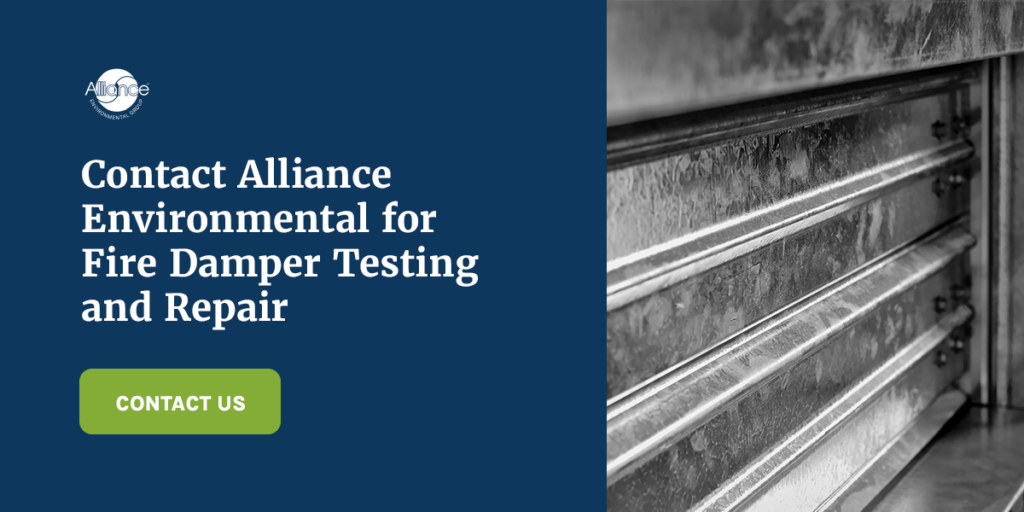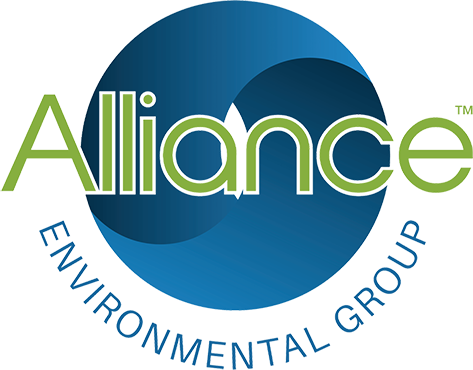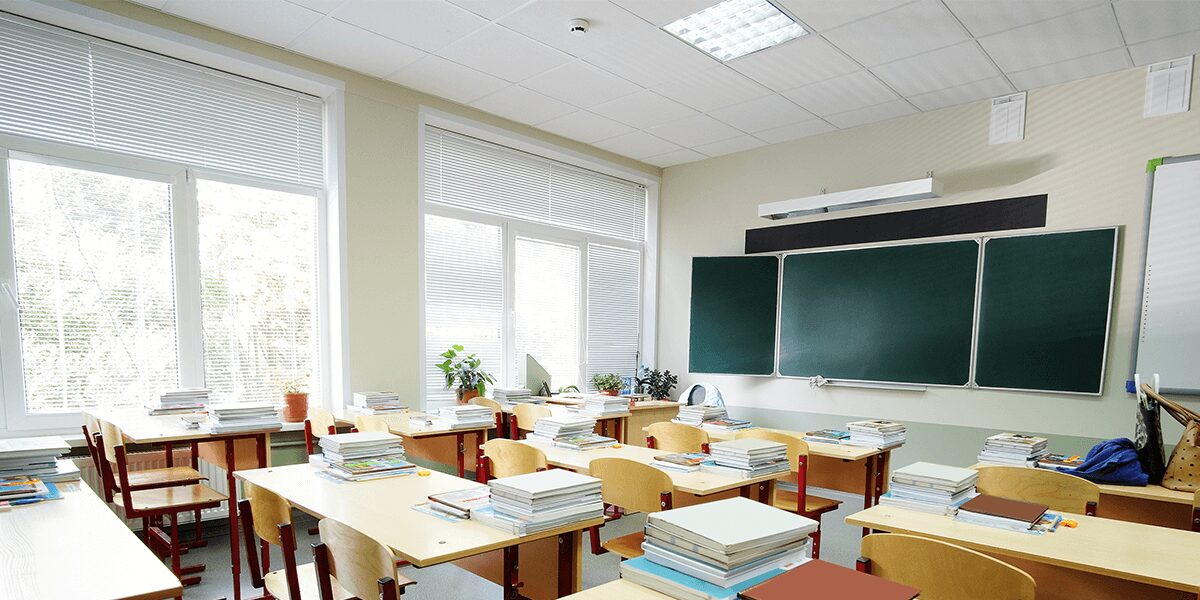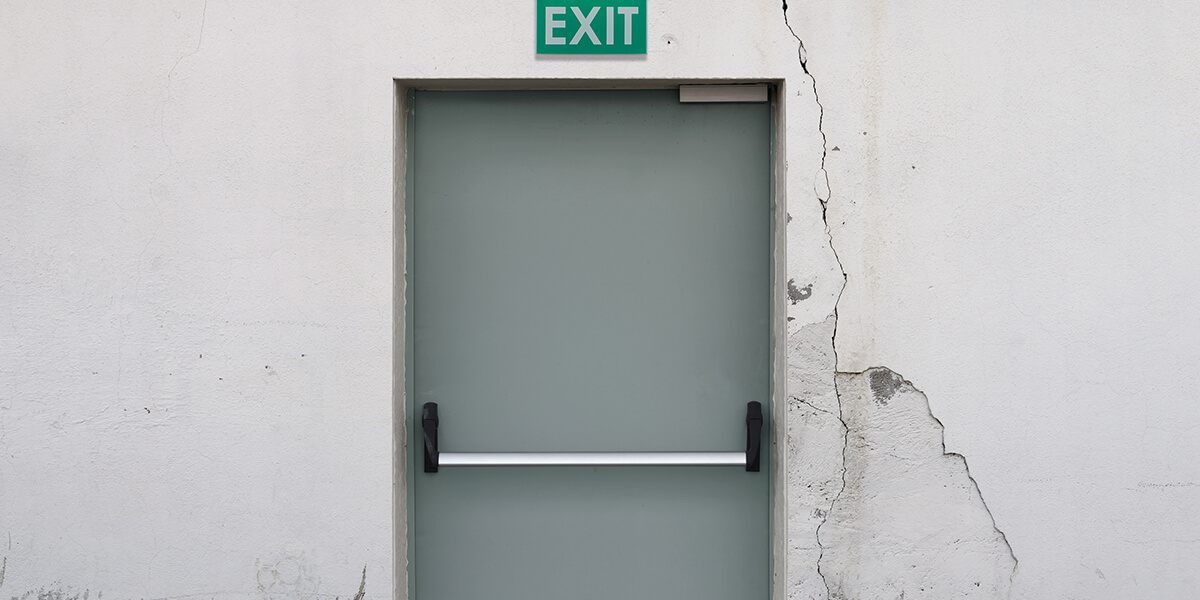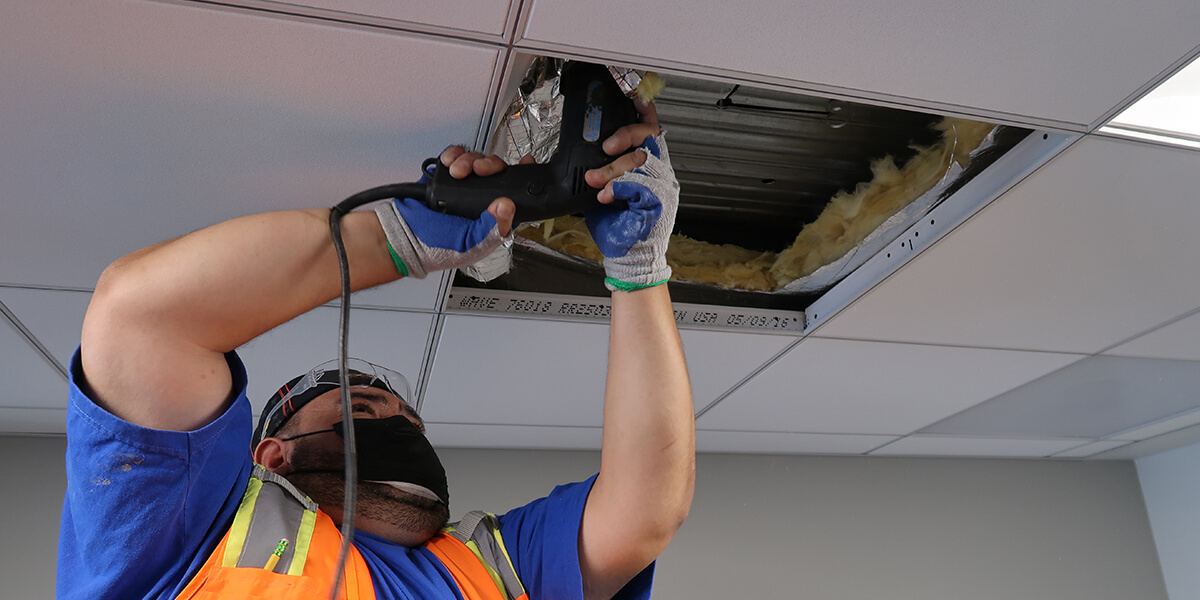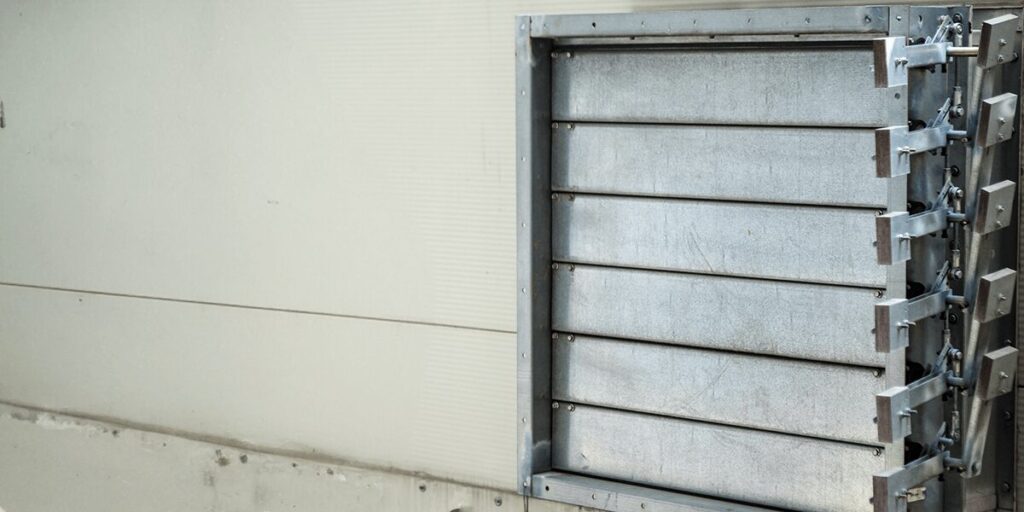
Fire dampers are valuable components in heating, ventilation and air conditioning (HVAC) ducts, as they help restrict flames from crossing a fire barrier. These heat-responsive fixtures automatically shut upon detecting a high enough temperature to melt a fusible link, usually at about 165 degrees Fahrenheit.
Fire dampers are essential passive safety systems for industrial and commercial buildings, reducing the risk of fire-caused property damage and human injuries. This guide reviews the signs suggesting the need for professional fire damper inspection, testing and repair.
Signs to Repair a Fire Damper
Many structures rely on fire dampers, from health care facilities to schools to government buildings. Therefore, it’s key to address any present issues as promptly as possible. If your fire damper displays any of the following complications, bring in a professional to inspect and repair the unit:
1. Visible Corrosion and Damage
If you can clearly see signs of damage when inspecting the fire damper — such as rust, warping or cracks — it’s important to consult a professional for repair. Wear and corrosion can wreak havoc on any metal mechanical component, and fire dampers are no exception.
Visible damage can hinder fire damper operation and eventually lead to a breakdown, so try to replace worn-out components as soon as possible. Regularly monitor the fire damper for signs of wear and corrosion, as well.
2. Difficulty Opening and Closing
Restricted movement can also indicate a malfunctioning fire damper. If the device is stuck in one position or won’t fully close and open, there could be an issue with the controls or mechanism. Sticking, opening and closing problems often arise from corrosion, rust and structural issues. A professional repair company can help restore proper function to your fire damper.
3. Strange Noises
Abnormal sounds during opening and closing can signify loose or defective components. A damper that doesn’t close correctly may let air escape, which can cause hissing or whistling noises. Have a professional inspect your fire damper and perform the necessary repairs. They can ensure that affected parts function properly, eliminate troublesome noise and restore efficiency.
4. Higher Energy Bills
A faulty fire damper can create gaps, holes and cracks in your commercial fire damper system, which can lead to air leaks. These issues force your HVAC system to work harder, increasing monthly energy expenses. If you notice an unexplained increase in your energy bills, your fire damper could be the culprit.
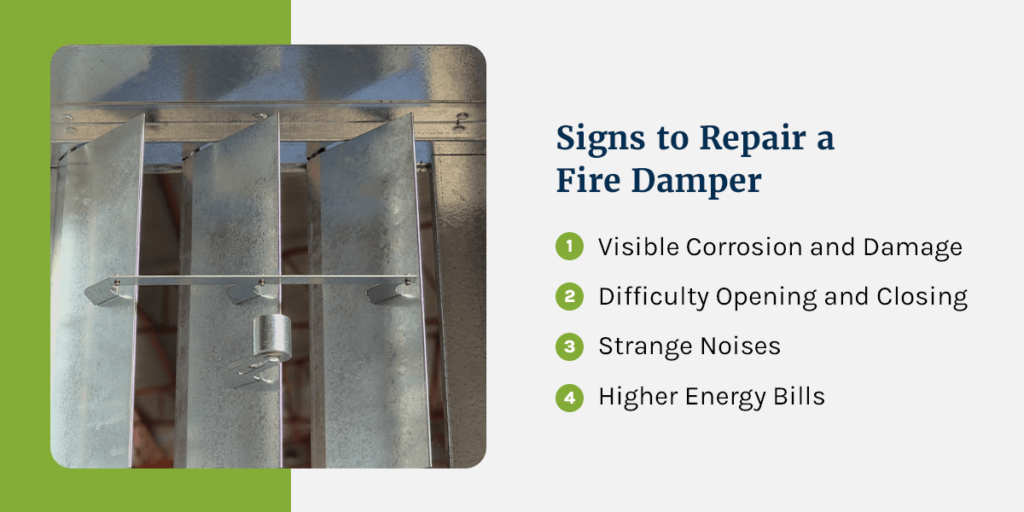
Why Should You Hire a Professional for Fire Damper Testing and Repair?
According to the National Fire Protection Association (NFPA), fire dampers should be inspected and tested one year after the initial acceptance test, and then every four years after that. An exception is fire dampers installed in hospitals, which can be inspected and tested every six years. During these periodic checks, a qualified inspector should ensure the fire damper:
- Is in the fully closed or open position required by the system design.
- Transitions to the fully open or closed position upon command.
- Returns to the original operating position required by the system design.
Overlooking fire damper testing can have dangerous consequences in the event of a fire, so it’s critical to keep up with these periodic inspections. Fire damper testing is an intricate process, so it’s best to leave it to professionals who are proficient in these codes and regulations. You’ll benefit from an expert service provider who can easily pinpoint and resolve issues in your fire damper system that may have been overlooked.
Some of the most frequently detected issues during fire damper testing are corrosion and rust, incorrect installation and damaged components. In some cases, operational problems arise because the wrong type of commercial damper was installed.
The Repair Process for Fire Dampers
While fire damper repair can vary depending on the issue at hand, below are the basic steps HVAC technicians follow when servicing these devices:
- Inspect the damper: Your service provider will inspect the fire damper for damage and note specific issues that need to be rectified, such as rust, cracks or bent and warped components.
- Remove dirt and debris: Dirt and debris buildup is a prevalent issue impacting fire dampers. Over time, these pollutants restrict the unit’s movement. They can disrupt proper opening and closing during fire outbreaks, posing hazards to both the building and its occupants. The HVAC technician will eliminate any obstructions impeding the fire damper from functioning properly. Regular fire damper cleaning as part of a preventive maintenance plan helps keep these contaminants from clogging up the system.
- Replace affected components: The technician will remove and replace any parts damaged beyond repair, such as the seals, blades and casing. They’ll install new parts according to the manufacturer’s guidelines.
- Lubricate parts: The technician may lubricate moving fire damper parts to minimize wear and friction and ensure smoother operation.
- Adjust the positioning as needed: If your fire damper is sticking or failing to open and close correctly, the HVAC technician may adjust the position of the actuator plates or blades to remedy the issue.
- Test the fire damper: After performing the necessary repairs, the technician will test the fire damper to confirm it closes and opens as normal. They’ll also ensure it seals properly to prevent the passage of flames and smoke.
- Reset the system: The technician will reset the fire damper per the manufacturer’s directions. They’ll reconnect any disconnected parts and verify the unit is in working order.
- Document the repairs: Lastly, the technician will document any fire damper repairs they completed in full detail. These notes will help guide future maintenance and servicing. Make sure you keep records of all inspections and repairs for compliance reasons, as well.
Contact Alliance Environmental for Fire Damper Testing and Repair
Consulting a professional for inspection and repair is one of the best things you can do for your facility’s HVAC system. At Alliance Environmental, we perform comprehensive fire damper testing services in commercial buildings to ensure NFPA compliance. These inspections include:
- Operational testing: This inspection is performed immediately after fire damper installation. It confirms the unit is easily accessible, closes completely and operates without obstruction.
- Acceptance testing: This inspection is performed after damper installation and HVAC balancing but before the fire damper is officially in service. It verifies serviceable condition and proper opening and closing capabilities when commanded.
- Periodic testing: This is the ongoing testing and evaluations conducted one year after damper installation and on a four- to six-year schedule, depending on the commercial facility type. During periodic testing, we’ll confirm the fire shutter actuates correctly and seals completely before returning to the fully open position.
In addition to our testing services, we also handle fire damper installations, replacements and repairs. We’ve worked with a variety of fire safety systems and have decades of expertise in fire damper servicing.
As a facility owner or manager, keeping your assets and occupants safe is a number one priority. Ensure robust protection from fire events with top-grade inspections and repairs from Alliance Environmental. Contact our experts today to learn more about our fire damper services or request a quote.
